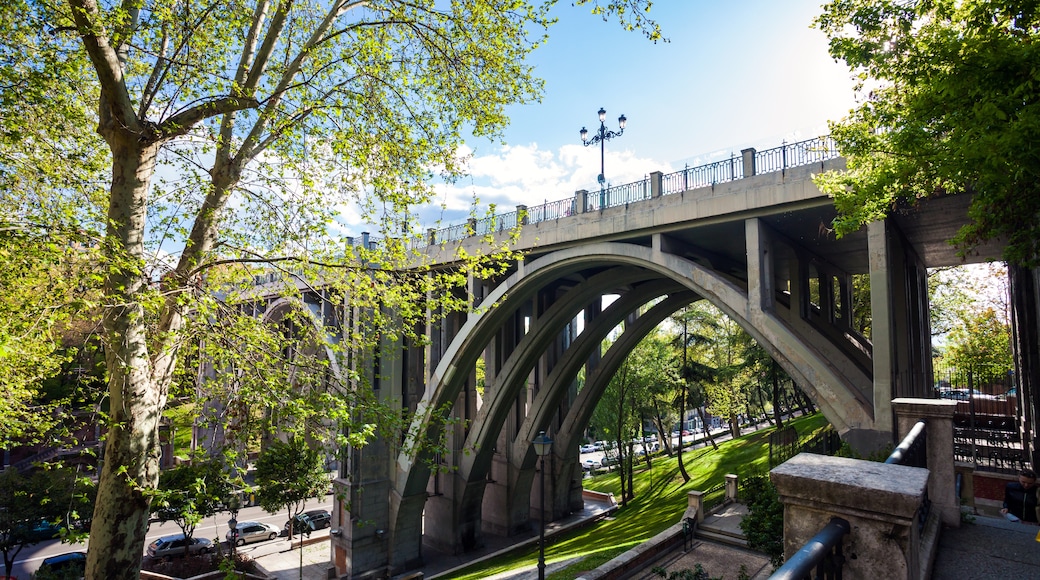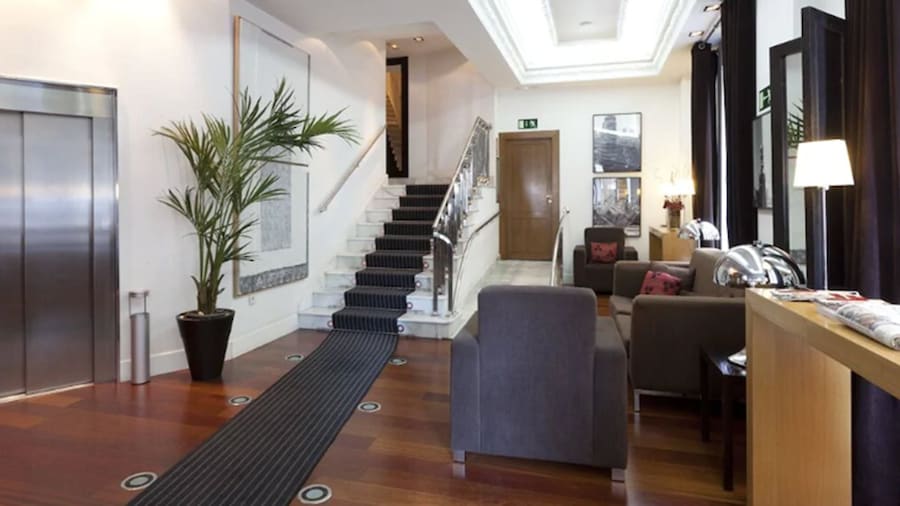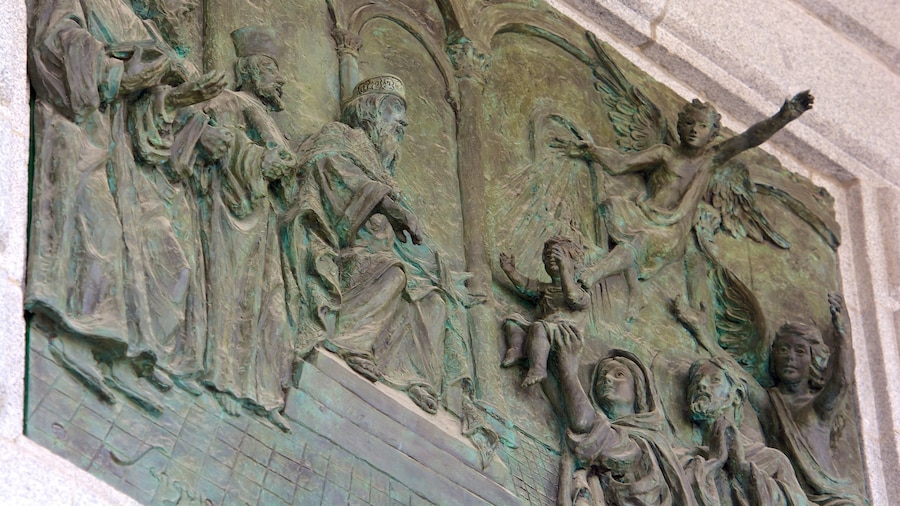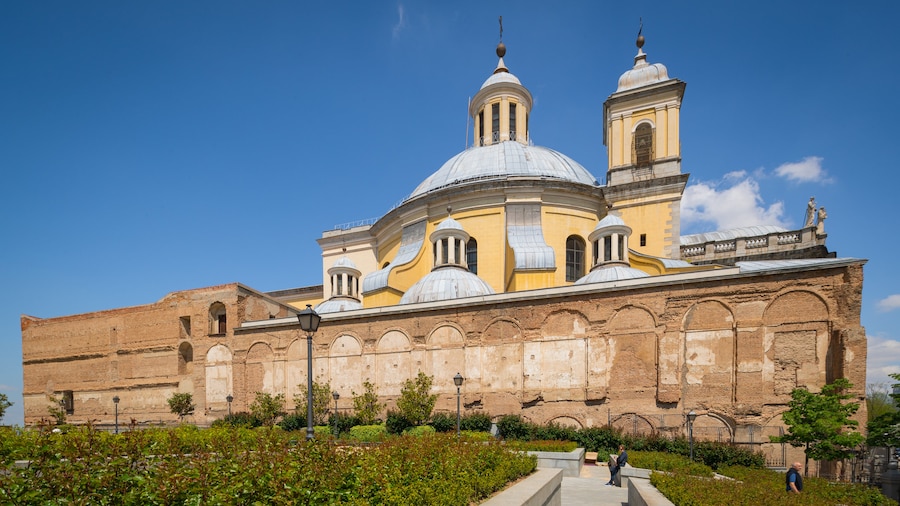This elegant stone bridge, designed by the great imperial architect Juan de Herrera, is the oldest in Madrid.
The Bridge of Segovia is nearly 500 years old and is the oldest bridge in Madrid. This elegant stone structure stands over the River Manzanares and the landscaped greenery that stretches along its banks. The Bridge of Segovia is a cultural heritage site and is still in use today.
In medieval times, Madrid only had one bridge and it was made out of wood. A stone bridge was commissioned in the late 16th century and designed by Juan de Herrera, the great Spanish architect who designed the imperial monument El Escorial in San Lorenzo. Herrera’s works are known for their simple elegance and symmetry. The Bridge of Segovia was originally built to make access to the city of Segovia easier. Today the pedestrian bridge now primarily serves visitors to the La Latina neighbourhood and offers excellent views of the Royal Palace.
Approach the Bridge of Segovia from along the banks of the River Manzanares and you will see nine stone arches, with the largest one in the middle. Keep an eye out for Herrera��’s trademark design element: the stone spheres that decorate the sides of the bridge. Visit the bridge in the late afternoon to see the elegant stone structure bathed in warm light above the fountains and the manicured greenery of the gardens below. Bring a camera to capture photographs of the bridge and Royal Palace.
The history of the bridge is closely linked to the history of Madrid’s great Rio Manzanares, which was the reason for the city’s founding by the Moors. Herrera needed to design the Bridge of Segovia to withstand floods that were common in the region. Later, during the Spanish Civil War, the River Manzanares was an important line of defence for the Republican forces, who blew up part of the Bridge of Segovia to prevent the Nationalists from crossing the river and entering the city.
The Bridge of Segovia is easily accessible by metro or bus. Walk from other important monuments nearby, including the Viaducto Segovia. There is no fee to walk across the bridge.
















